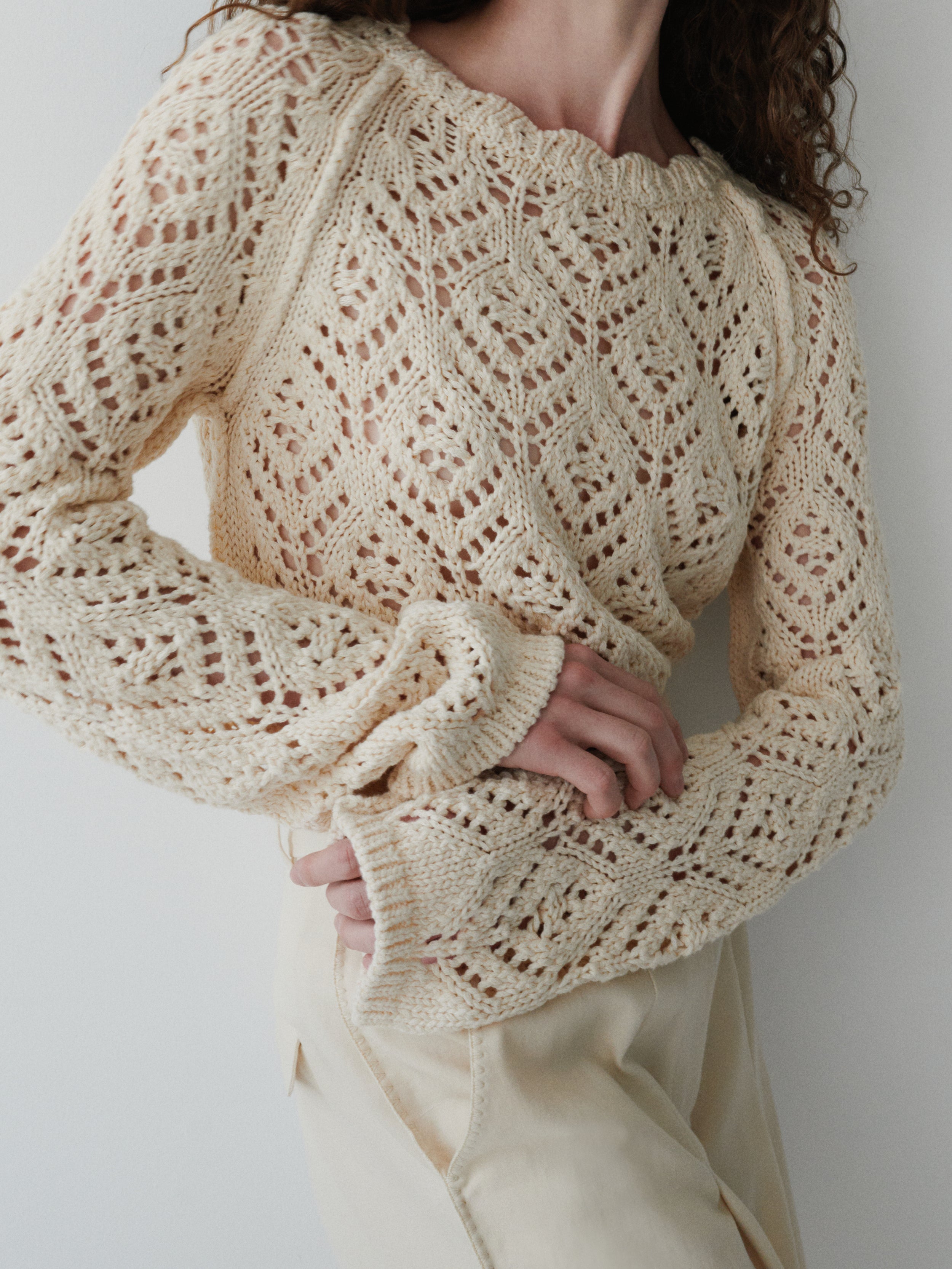NOW THAT YOU HAVE YOUR FAVORITE PIECE, IT’S TIME TO CARE FOR IT PROPERLY. HERE ARE OUR TOP TIPS FOR LOOKING AFTER YOUR GARMENTS IN AN ECO-FRIENDLY WAY.
Check your label
Your label provides important information about the fabric composition and specific care instructions that are important to follow. Learn more about care symbols here.
wash less
Before washing, ask yourself: does the item really need it, or could it just be aired out? Washing drains your garments and uses a lot of energy and water.
Lower the heat
Wash at lower temperatures. You might think hotter water means cleaner clothes, but washing at 30°C usually works just as well, prolongs garment life, and uses 40% less energy. A true win-win.
GET YOUR LOAD RIGHT
Washing half-full loads wastes water, but overloading isn’t the solution either - it increases friction, which can cause tears and fading.
BE DELICATE
Use a laundry bag for delicate items. This helps protect them from tearing in the wash and keeps them in good condition longer.
SKIP THE SOFTENERS
Only use fabric softeners if the care label specifies. They can harm the environment and reduce the durability of fabrics by weakening the fibers.
AIR DRY
Avoid tumble drying. Air drying saves energy, releases no microfibers, and prevents shrinking, tearing, or fabric breakdown.
TO IRON OR NOT TO IRON
If ironing, choose the right temperature. Turn garments with prints inside out to avoid damage. Alternatively, consider steam cleaning, but note that not all garments are suitable for this.
REMOVE PILLING
Remove pilling gently. Wool items often pill over time, which is normal. Use a pilling comb or a razor to carefully remove them.
STORE CORRECTLY
Proper storage makes all the difference. Keep your clothes in a dry, well-ventilated, cool space. Air them regularly, fold heavy garments to prevent stretching, and hang clothes on sturdy wooden hangers for longer-lasting support.
EXTRA TIPS
- Wash matching garments, like suits and twin-sets, together and remove accessories before washing.
- If the care label suggests, choose professional textile care – dry-cleaning uses chemicals, while wet cleaning is a gentler wash.
- For garments made from mixed fabrics, patches, or lace, always follow the care instructions for the most delicate material in the piece.





